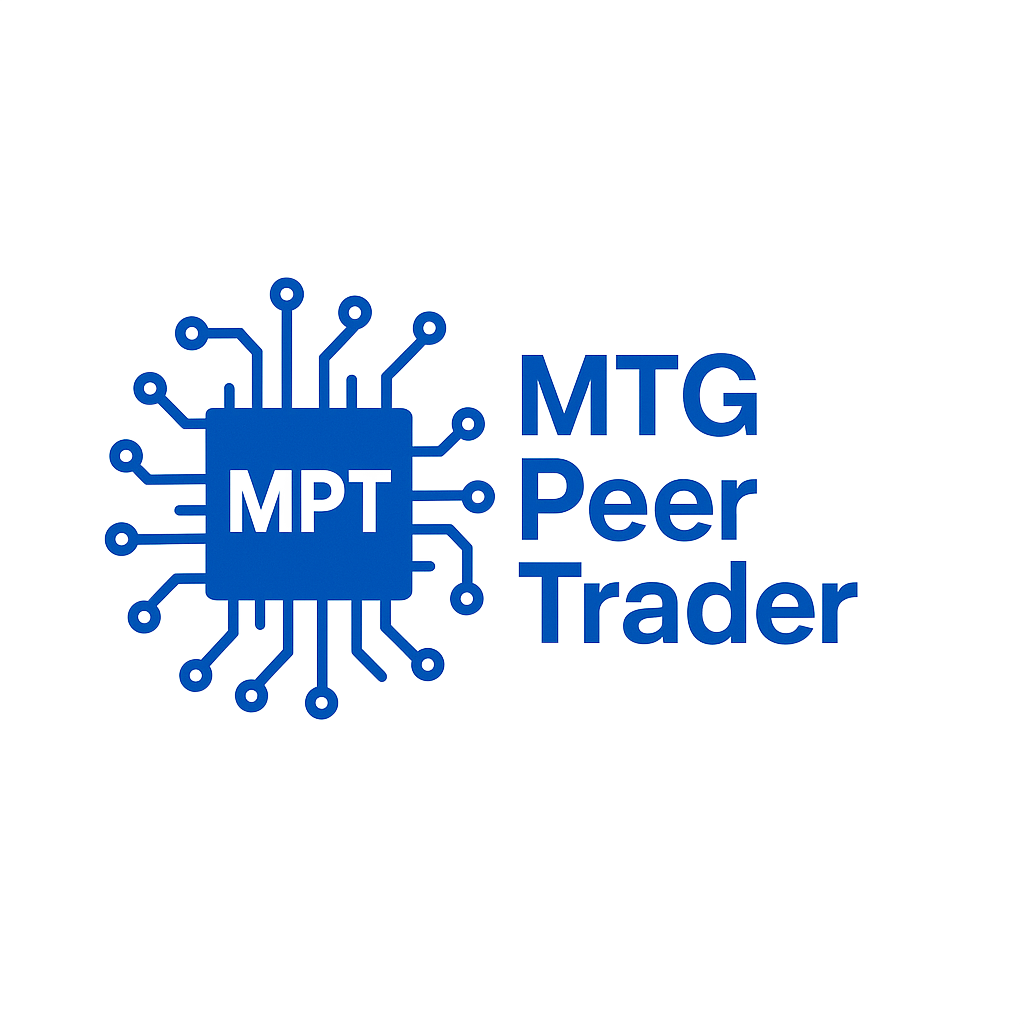
WHAT Is Dell Technologies Inc?
Dell Technologies Inc. (NYSE: DELL) is a leading global provider of IT infrastructure, personal computers, servers, storage and networking solutions. Founded in 1984 by Michael Dell as PC’s Limited, the company revolutionized direct‑to‑consumer PC sales. Today, Dell’s portfolio spans client solutions (desktops, laptops, peripherals), enterprise infrastructure (servers, storage, networking), and services/software (cybersecurity, cloud). With operations in over 180 countries and the following key 2025 metrics, Dell continues to drive innovation in AI‑optimized hardware and hybrid‑cloud solutions:
- Fiscal 2025 Revenue: $95.567 billion, up 8% year‑over‑year
- Operating Income: $6.237 billion, up 15% year‑over‑year
- Cash Flow from Operations: $4.5 billion
- Record Diluted EPS: $6.38; Non‑GAAP EPS: $8.14
- Employees: ~108,000 as of January 31, 2025 (10% reduction from prior year)
- Shares Outstanding: 697,840,821 total (Class A, B & C) as of March 17, 2025
- Market Value (non‑affiliates): ~$29.2 billion as of August 2, 2024
KEY Points
- Ticker & Exchange: DELL on NYSE.
- Total Splits: 9 splits since 1992.
- Most Recent Split: November 2, 2021 (1.973 for 1).
- Dividend Yield: ~1.69% (TTM) with quarterly payouts.
- Average Daily Volume: ~20 million shares.
- Market Cap: ~$72 billion.
DELL STOCK SPLIT HISTORY
Since its first split in 1992, Dell has used stock splits to keep its share price accessible and signal confidence in growth.
Total Splits
Dell has executed 9 stock splits from April 1992 through November 2021, reflecting consistent share‑price appreciation and management’s desire to broaden retail ownership.
Most Recent Split
- Date: November 2, 2021
- Ratio: 1.973 for 1
This split followed Dell’s post‑EMC spinoff growth, lowering the trading price from ~$110 to ~$56 per share on a split‑adjusted basis.
Cumulative Split Effect
The combined effect of all nine splits means 1 original share (pre‑April 1992) would now represent approximately 342 shares after the November 2021 split (1.5 × 2 × 2 × 2 × 2 × 2 × 2 × 1.806 × 1.973 ≈ 342).
Historical Timeline
| Date | Split Ratio | Notes |
| Apr 10 1992 | 3 for 2 | First split as Dell prepared for growth |
| Oct 30 1995 | 2 for 1 | During rapid PC market expansion |
| Dec 9 1996 | 2 for 1 | Sustained profitability |
| Jul 28 1997 | 2 for 1 | Pre‑Asian financial crisis rally |
| Mar 9 1998 | 2 for 1 | Solid Q4 earnings growth |
| Sep 8 1998 | 2 for 1 | Continued direct‑sales momentum |
| Mar 8 1999 | 2 for 1 | Post‑dot‑com optimism |
| Dec 28 2018 | 1.806 for 1 | After EMC spinoff and re‑IPO in 2018 |
| Nov 2 2021 | 1.973 for 1 | Most recent, reflecting AI/hybrid‑cloud strength |
TRADING & FINANCIAL Metrics
Dell’s splits have no direct impact on company fundamentals, but can influence trader perception and liquidity.
Trading Information
- Exchange: NYSE (DELL)
- Average Daily Volume: ~20 million shares
- Bid‑Ask Spread: Narrow, reflecting high liquidity
Dividend History & Yield
- Initiated: 2022
- Annual Dividend: $2.10 per share
- Dividend Yield: 1.69% (TTM)
- Frequency: Quarterly
Price Performance Around Splits
- Short‑Term: Historically, Dell shares have exhibited a modest “split‑effect” bump of 3–5% in the one‑month window post‑split, driven by increased retail interest.
- Long‑Term: Over 6–12 months, performance aligns with broader market and sector trends; splits alone have no lasting alpha.
Financial Analysis & Ratios
- P/E Ratio: ~14× forward
- P/B Ratio: ~1.5×
- ROE: ~20%
- Debt/Equity: ~1.2×
These core metrics underscore Dell’s efficient capital structure and profitability post‑EMC merger.
FACTORS Affecting Stock Split Impact
- Market Sentiment: Splits often coincide with bullish narratives, amplifying retail demand.
- Valuation Level: High P/E at split time can temper enthusiasm; investors watch fundamentals.
- Liquidity Needs: Lower per‑share prices make positions more granular, appealing to small investors.
- Corporate Messaging: Management framing splits as “confidence signals” enhances credibility.
LESSONS For Traders & Investors
- Don’t Chase Splits Alone: Always align split events with fundamental drivers — growth outlook, earnings quality, and cash flow.
- Gauge Sentiment Shifts: Use pre‑split run‑ups as contrarian signals if valuation gets extended.
- Leverage Enhanced Liquidity: Post‑split, tighter spreads and higher volume can reduce execution costs.
- Monitor Dividend & Buyback Policies: Splits don’t dilute shareholder value, but watch how buybacks and dividends evolve alongside.
- Integrate into Broader Strategy: Treat splits as one factor among many — combining technical setups (e.g., breakouts) with macro headwinds (supply chain, interest rates).
By understanding Dell’s storied split history — from its early‑’90s consumer PC boom through its enterprise‑tech evolution — traders and investors can better contextualize split events, capitalize on liquidity shifts, and avoid overpaying on split‑driven momentum.

